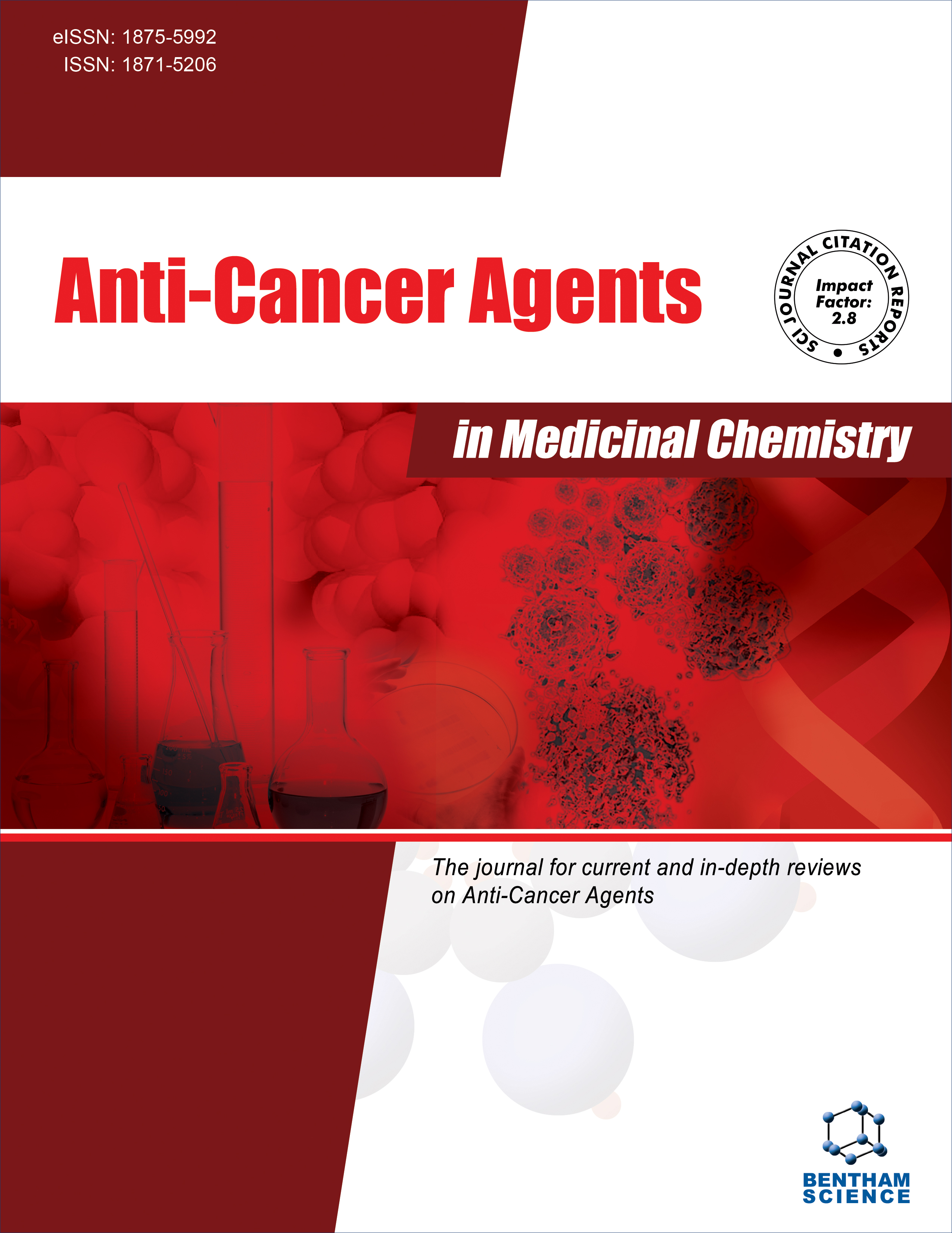
Full text loading...

Prostate cancer (PRAD) remains a leading malignancy with limited prognostic biomarkers and therapeutic targets. PRR22, a proline-rich protein-coding gene, has a role in PRAD that remains undefined. This study is the first to systematically investigate the clinical relevance and mechanistic implications of PRR22 in PRAD.
PRR22 expression was analyzed in TCGA-PRAD (n = 501), GSE55945, and the Human Protein Atlas datasets. Prognostic value was assessed via Kaplan-Meier and multivariate Cox analyses. Mechanistic insights were derived from GSEA, immune infiltration profiling, MSI/mRNA-si correlations, and drug sensitivity analysis. Experimental validation was performed via qRT-PCR in PRAD cell lines.
PRR22 was significantly upregulated in PRAD tissues compared to normal tissues (p < 0.001) and independently predicted shorter progression-free survival (HR = 1.82, p = 0.009). Novel associations were identified between PRR22 and TGF-β signaling, immune evasion (e.g., LAG3 upregulation), microsatellite instability (MSI), and stemness (mRNA-si). High PRR22 correlated with resistance to multiple drugs (e.g., bicalutamide, vorinostat).
PRR22 overexpression in PRAD is linked to poor prognosis and immune regulation, suggesting its potential as a prognostic biomarker and therapeutic target. Future research should focus on clinical validation and on exploring the molecular mechanisms underlying PRR22's role in PRAD.
PRR22 is a novel, independent prognostic biomarker and actionable therapeutic target in PRAD, linking tumor aggressiveness to immune microenvironment remodeling and drug resistance. These findings establish PRR22 as a candidate for clinical implementation in risk stratification and targeted therapy.

Article metrics loading...

Full text loading...
References


Data & Media loading...